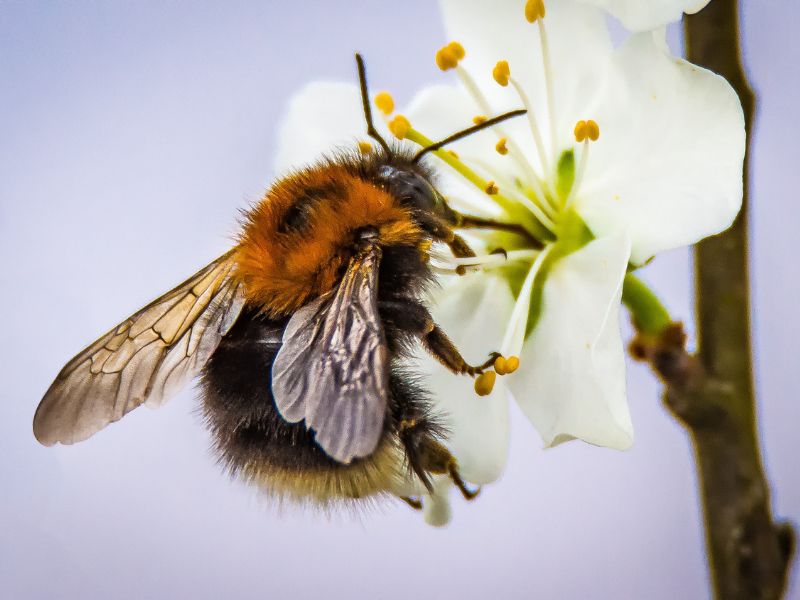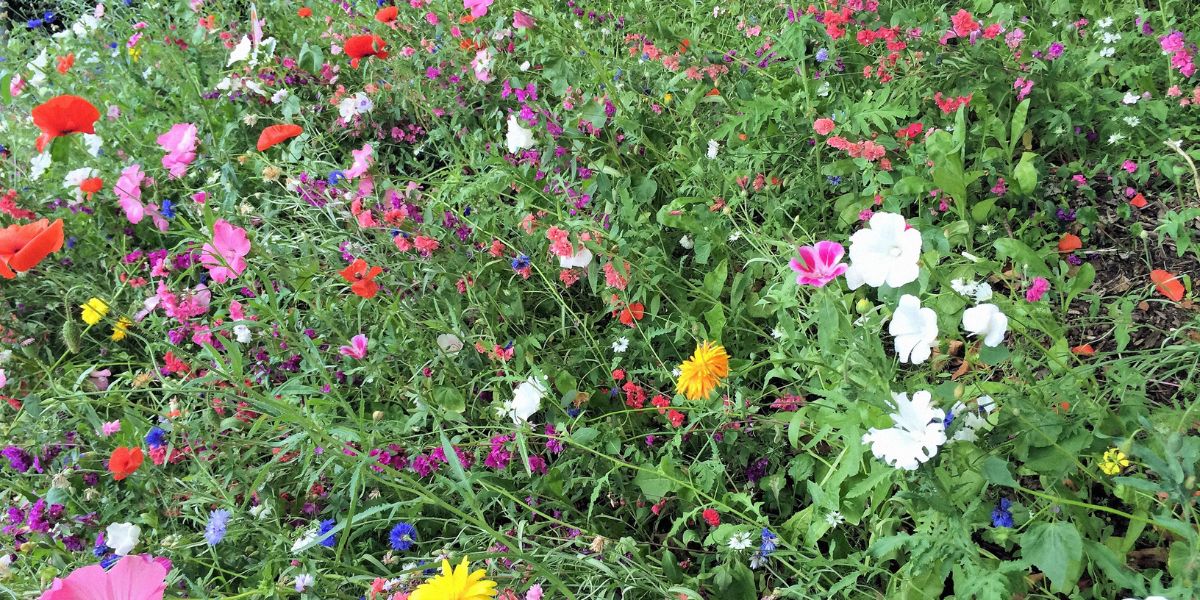Wildlife Friendly Gardens

Wildlife Friendly Gardens
You can create a wildlife sanctuary in your garden or planters, regardless of where you live or the size of the space. By making a few simple changes that will make it a desirable home for wildlife.
Messy is good!
By reducing the number of chemicals and artificial products used, you can create a more inviting habitat for wildlife. Opt for organic seeds and fertilisers and allow native grasses and wildflowers to grow. This will attract a range of insects and small mammals, which will in turn provide support songbirds feeding their chicks on invertebrates and raptors hunting for voles and mice.
Plant selection is key
If you want to attract bees, butterflies, and other pollinators to your garden, plant a colorful mix of flowers such as alliums, lavender, catmint, and marigolds, as well as fragrant herbs like rosemary, sage, mint, and chives. Additionally, be sure to include single petaled flowers like cornflowers and geraniums to ensure the pollinators are able to access the nectar and pollen. Avoid double or multi-petalled flowers as they may lack the necessary resources for the insects.
Bees are responsible for pollinating one-third of the food we depend upon, so without them our lives would be drastically different. Bees have a broad range of colour vision and can see ultraviolet light, which helps them identify nectar on flowers.
Just a pile of logs
Keep a pile of logs in an undisturbed spot in your garden to provide shelter for insects and mammals. If a hedgehog makes a home there, it will feed on all your slugs and snails. This is an added bonus if you're keen to keep them away from your new crop of plants.



